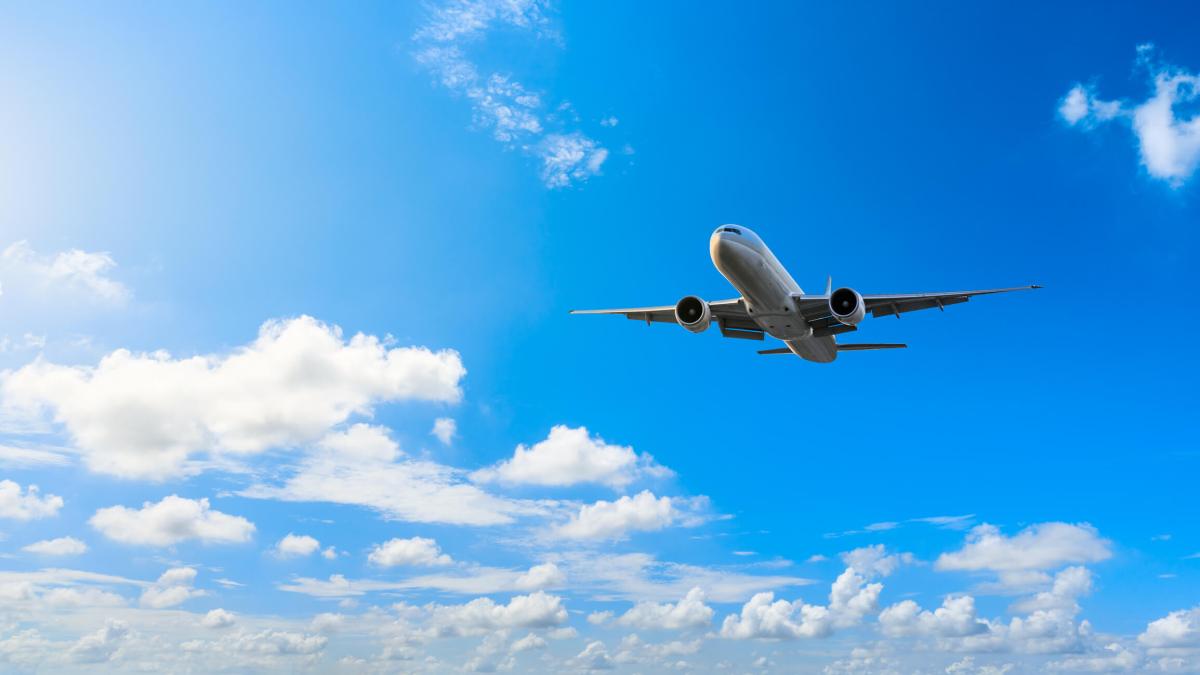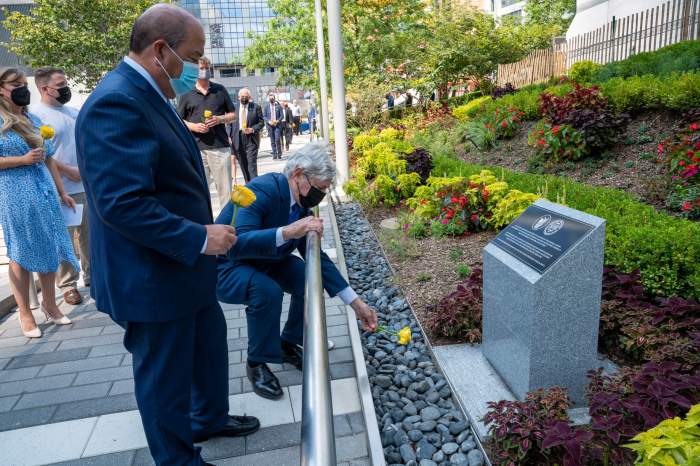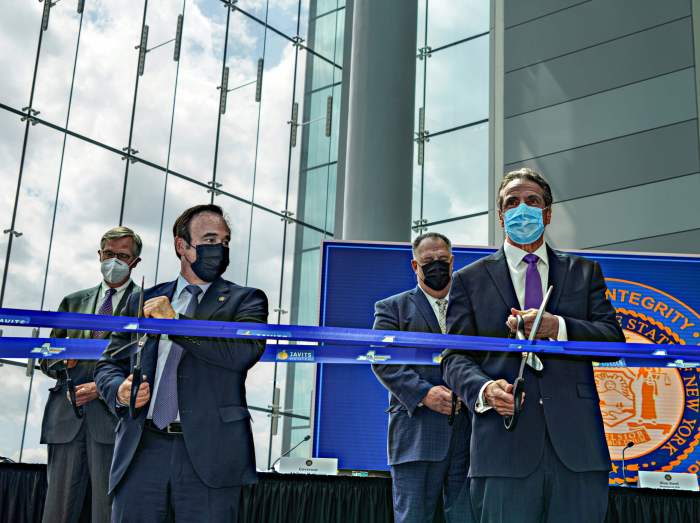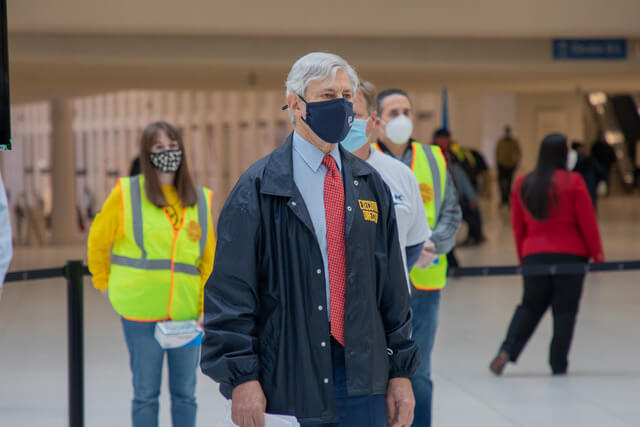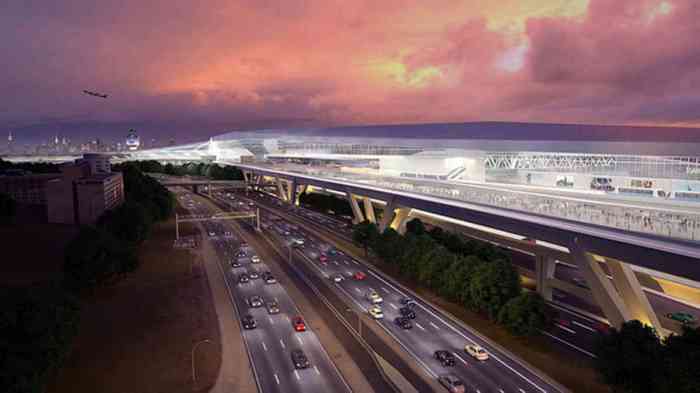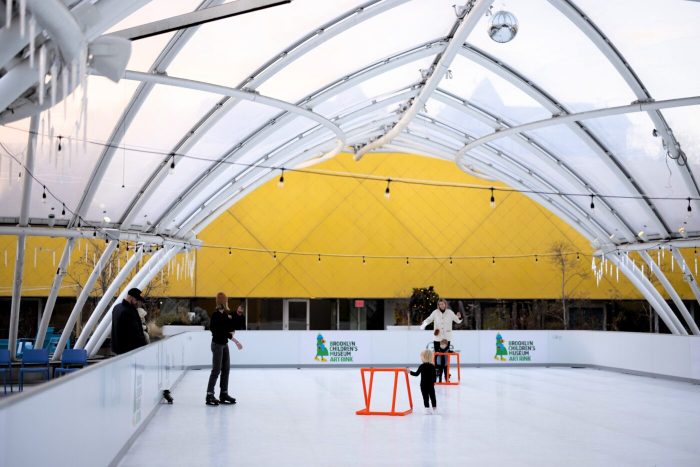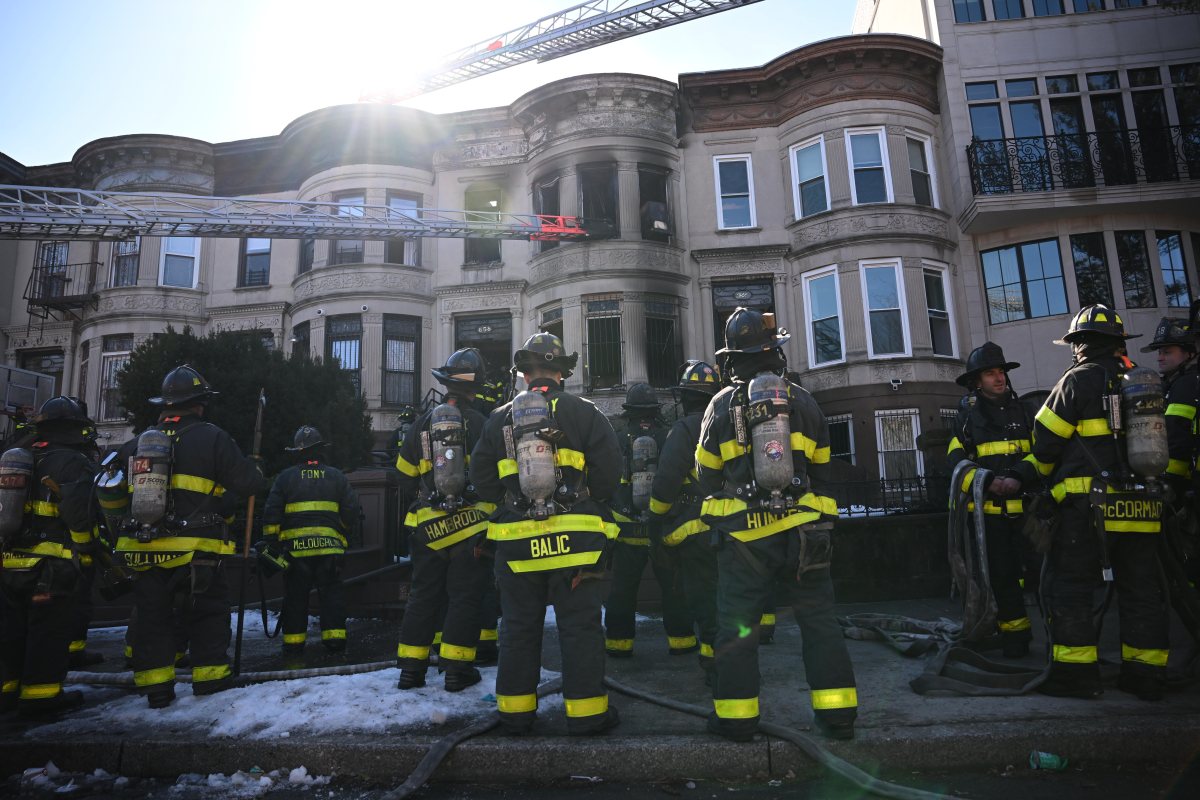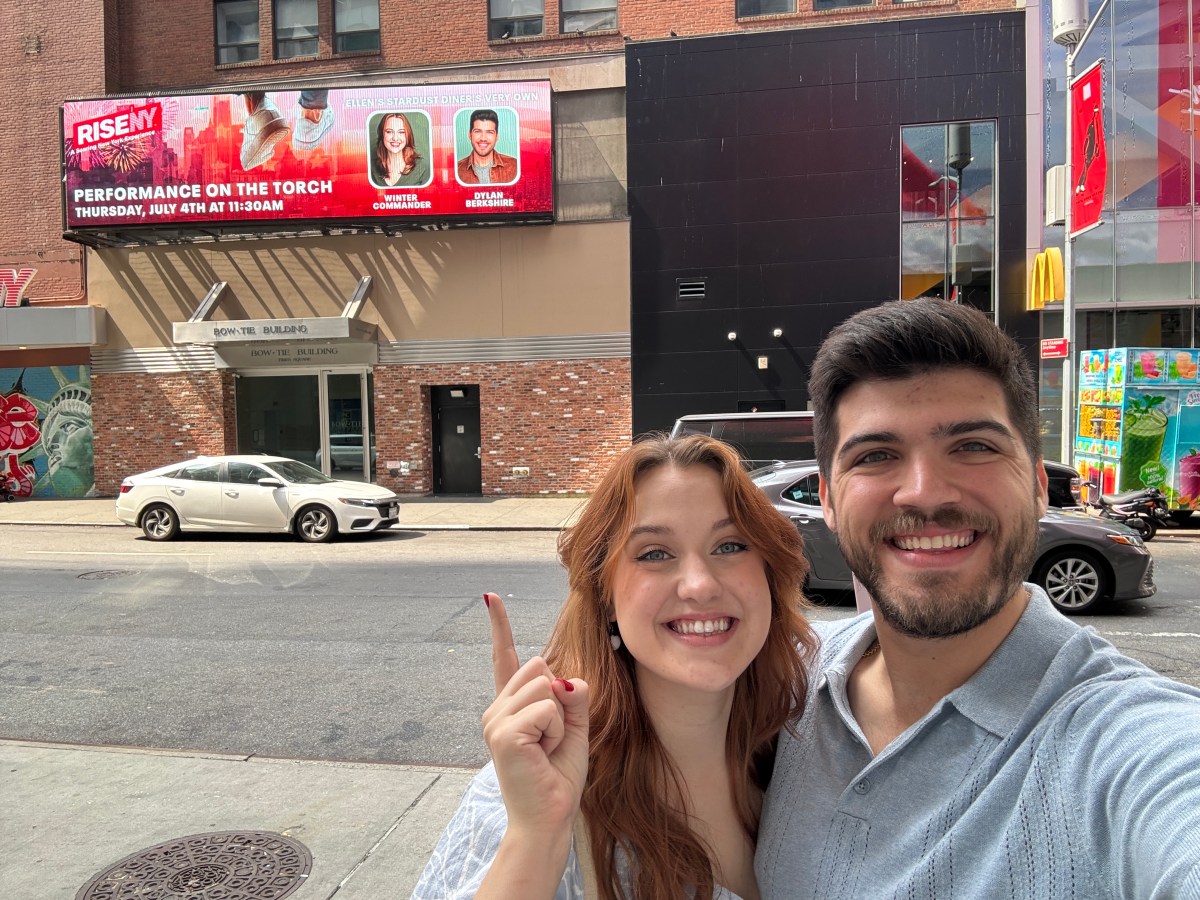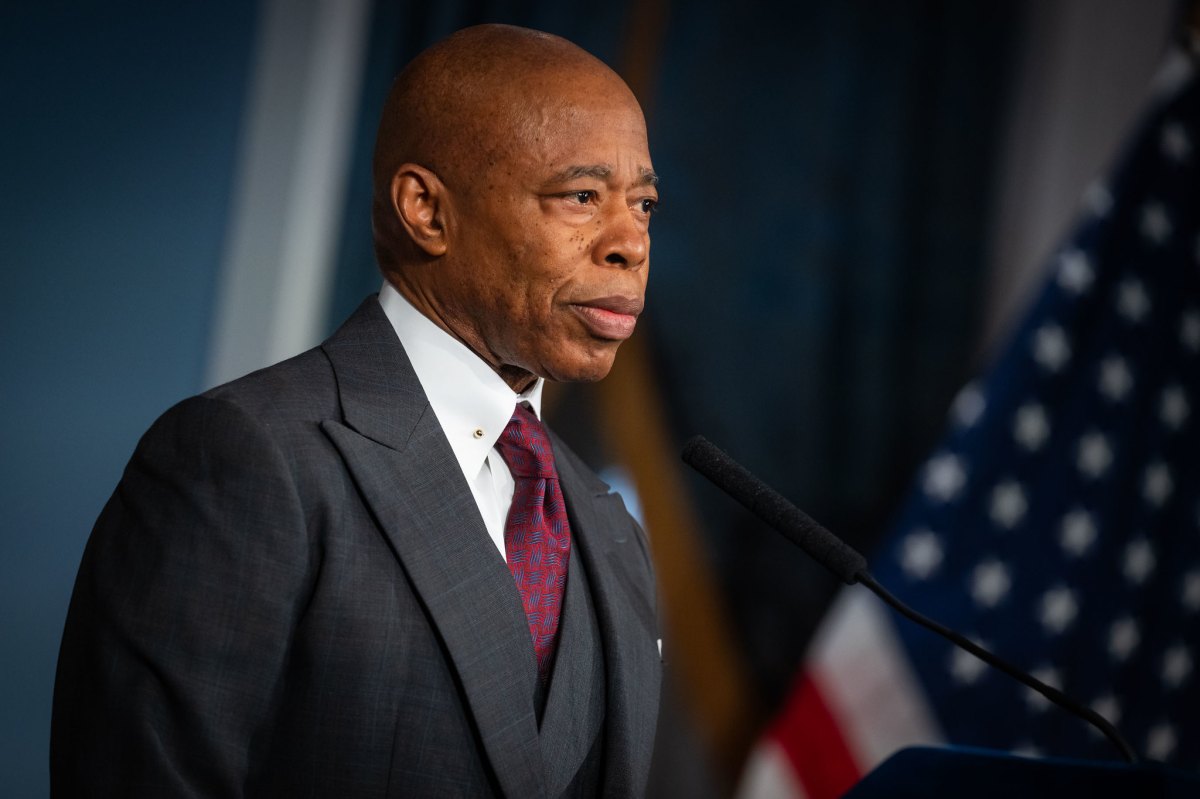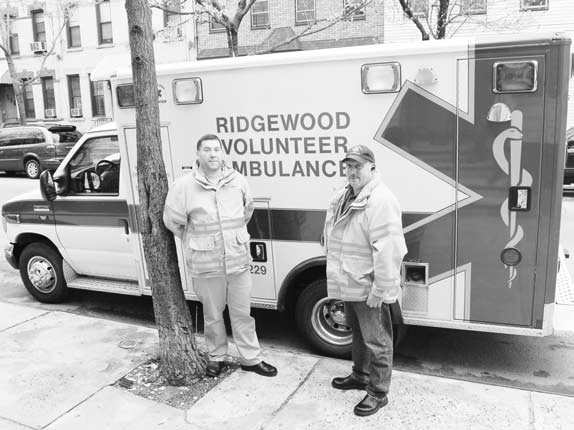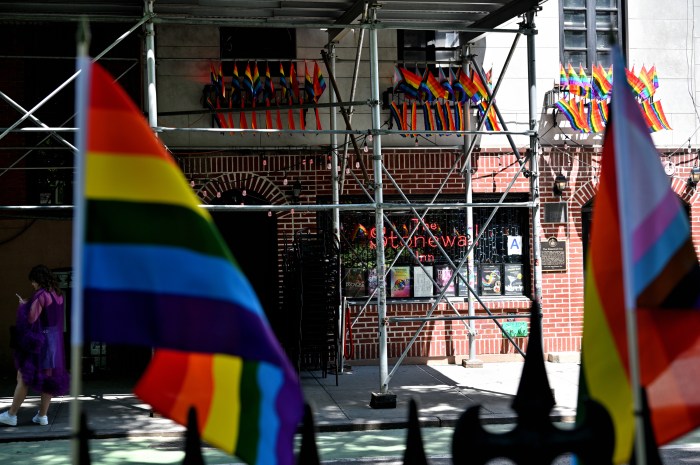The Port Authority announced Thursday that passenger volume at New York airports has surpassed pre-pandemic levels for the first time, demonstrating a robust recovery for air travel even as mass transit ridership in the Big Apple continues to stagnate.
Port Authority airports — including John F. Kennedy International and LaGuardia in Queens, Stewart International in the Hudson Valley, and Newark Liberty International and Teterboro in New Jersey — handled 11 million passengers in November, which is 102% of the passenger volume seen at regional airports in November 2019.
The agency says that Thanksgiving travel this year was 8% higher than was seen during the same holiday season in 2019, the last pre-COVID Thanksgiving. Port Authority honchos partially credit major renovation projects completed or in the pipeline at JFK, LaGuardia, and Newark as bolstering air travel in the region.
“We are extremely gratified to see our airports at pre-pandemic levels after more than two years of a global pandemic that left us homebound and filled with wanderlust,” said Port Authority Chair Kevin O’Toole in a statement. “Throughout this year, we have seen the steady return of airport passengers and also the pleasant surprise on their faces when they see the brand-new, world-class air facilities that await them. We look forward to welcoming millions more passengers in the coming weeks as people celebrate the holidays with loved ones.”
Like air travel, car trips have also essentially returned to pre-pandemic levels: the Port Authority reported Thursday that 10 million vehicles traveled eastbound in its four bridges and two tunnels in November, just shy of the 10.1 million that made the same trip the same month of 2019. Trips on Metropolitan Transportation Authority crossings have also pretty much returned to Before Times rates.
The same can’t be said for mass transit. Though the MTA and the airline industry were both recipients of generous federal bailouts, amounting to billions of dollars, during the pandemic — enabling their survival as passenger volume plummeted during lockdown — ridership has stagnated at around 60% of pre-pandemic levels on subways and buses. MTA honchos blame the rise of working from home.
The PATH is doing even worse: November ridership on the Manhattan-New Jersey system, the Port Authority reported Thursday, was just 59% of the same month in 2019 — and that’s a pandemic-era record.
The stagnant ridership has pushed the MTA to the precipice of a “fiscal cliff,” requiring the agency to enact an austerity budget with severe cost-cutting measures and pursue its first transit fare hikes since 2015. A subway or bus ride could reach as high as $2.90 next year and $3.05 in 2025, though the final fare will be determined by an internal MTA working group.
Meanwhile, airline fares, not subject to the same government price controls or democratic accountability as mass transit, rose by 36% in just the past year, according to the Bureau of Labor Statistics. That’s despite the fact that the airlines’ $50 billion bailout was more than thrice as beefy as the MTA’s $15 billion in federal COVID aid, even though the subway alone has historically transported more people on a given weekday than the entire US airline industry.



